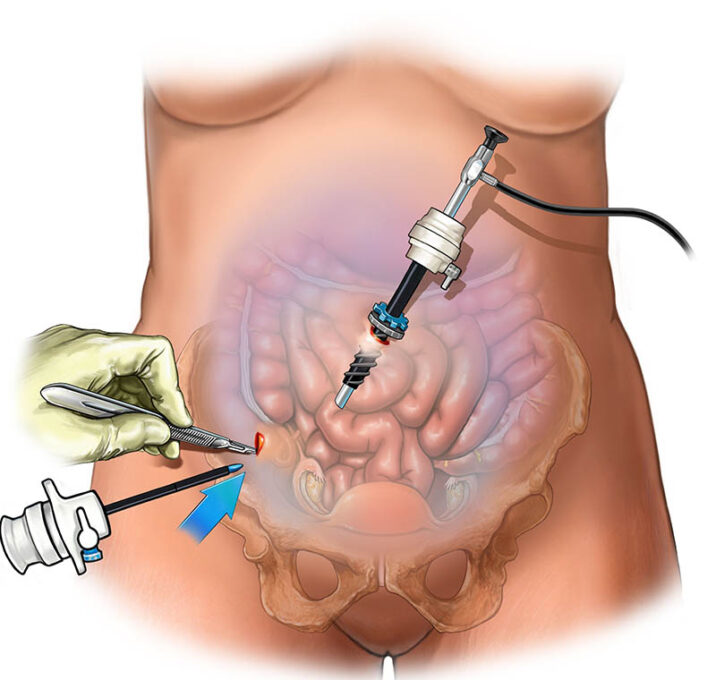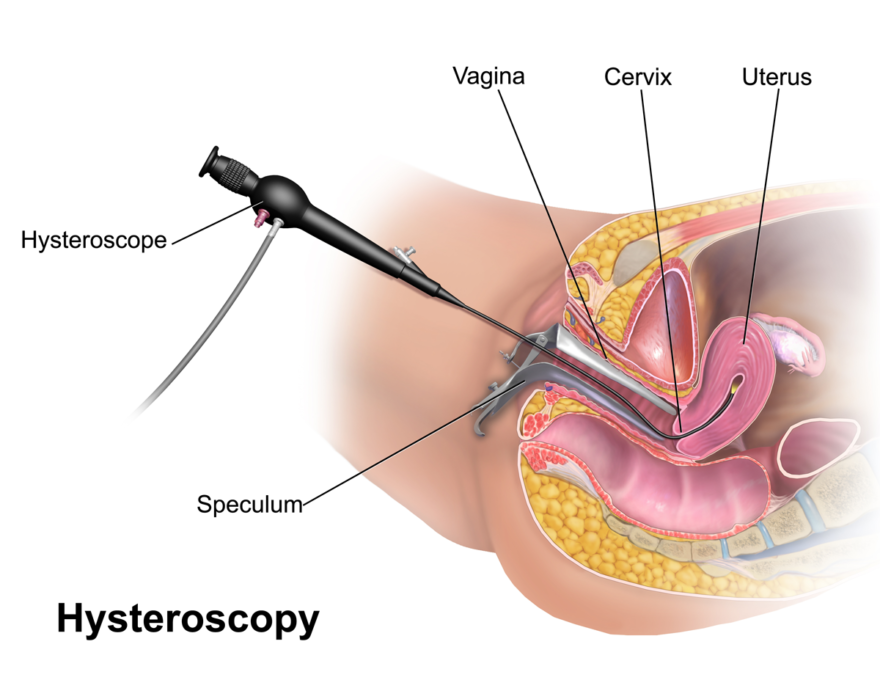Gynaecological Endoscopy
(Laparoscopy & Hysteroscopy)
Gynaecological Endoscopy (Laparoscopy & Hysteroscopy)
Gynecological endoscopy is a minimally invasive procedure that allows doctors to take a look inside the female body to diagnose (and treat) medical conditions such as infertility, endometrial polyps, etc. Gynecological endoscopy also enables women to remove fibroids without open surgery (open myomectomy) – via a 2cm incision in laparoscopic myomectomy and no incision in hysteroscopic myomectomy.
Benefits of Gynaecological Endoscopy
For more information about our gynaecological endoscopy service
-
Speak to the booking team on
01 - 4667360 or 01 - 4532266 -
Email us on
fibroidcare@nordicalagos.org
Gynaecological Endoscopy at Fibroid Care Centre @ Nordica
Fibroid Care Centre @ Nordica’s Endoscopy Scheme gives you the opportunity to undergo endoscopy at the leading fertility and endoscopy centre in Nigeria. At Fibroid Care Centre @ Nordica, we have world-class gynaecological endoscopy facilities, operated by highly specialized medical and nursing personnel. The medical team is headed by Dr Abayomi Ajayi, a member of the American Association for Gynaecological Laparoscopy (AAGL) and the International Society for Gynecological Endoscopy, (ISGE).
Our gynaecological endoscopy services include:
Laparoscopy
Hysteroscopy

Laparoscopy
Laparoscopy is performed with a thin tube called a laparoscope. This tube is inserted through a tiny incision just below the navel. It is used for the following:
To diagnose tubal factor infertility, especially when used with a dye test
To remove adhesion bands around the tubes and/or ovaries
To remove or burn-off endometriotic deposits
To treat anovulation due to Polycystic Ovarian Syndrome (PCOS) by drilling holes in the ovaries
To remove fibroids
Hysteroscopy
This procedure involves the inspection of the uterus in order to diagnose a problem. Hysteroscopy is performed using a hysteroscope (a thin, lighted tube) which is inserted into the vagina to examine the cervix and inside of the uterus. Hysteroscopy is mainly used to diagnose and remove uterine fibroids. It is also used for the following:


Hysteroscopy
This procedure involves the inspection of the uterus in order to diagnose a problem. Hysteroscopy is performed using a hysteroscope (a thin, lighted tube) which is inserted into the vagina to examine the cervix and inside of the uterus. Hysteroscopy is mainly used to diagnose and remove uterine fibroids. It is also used for the following:
